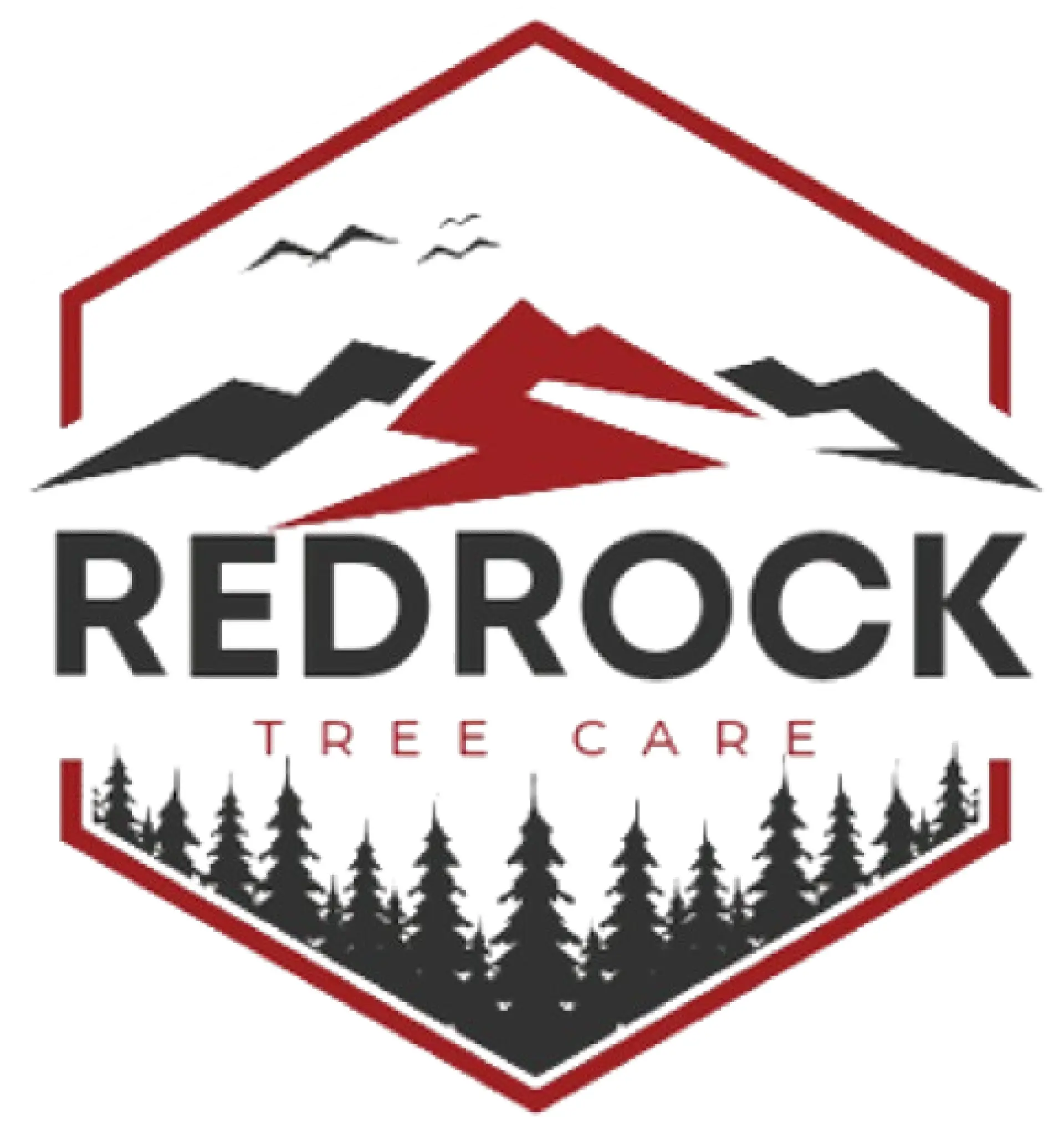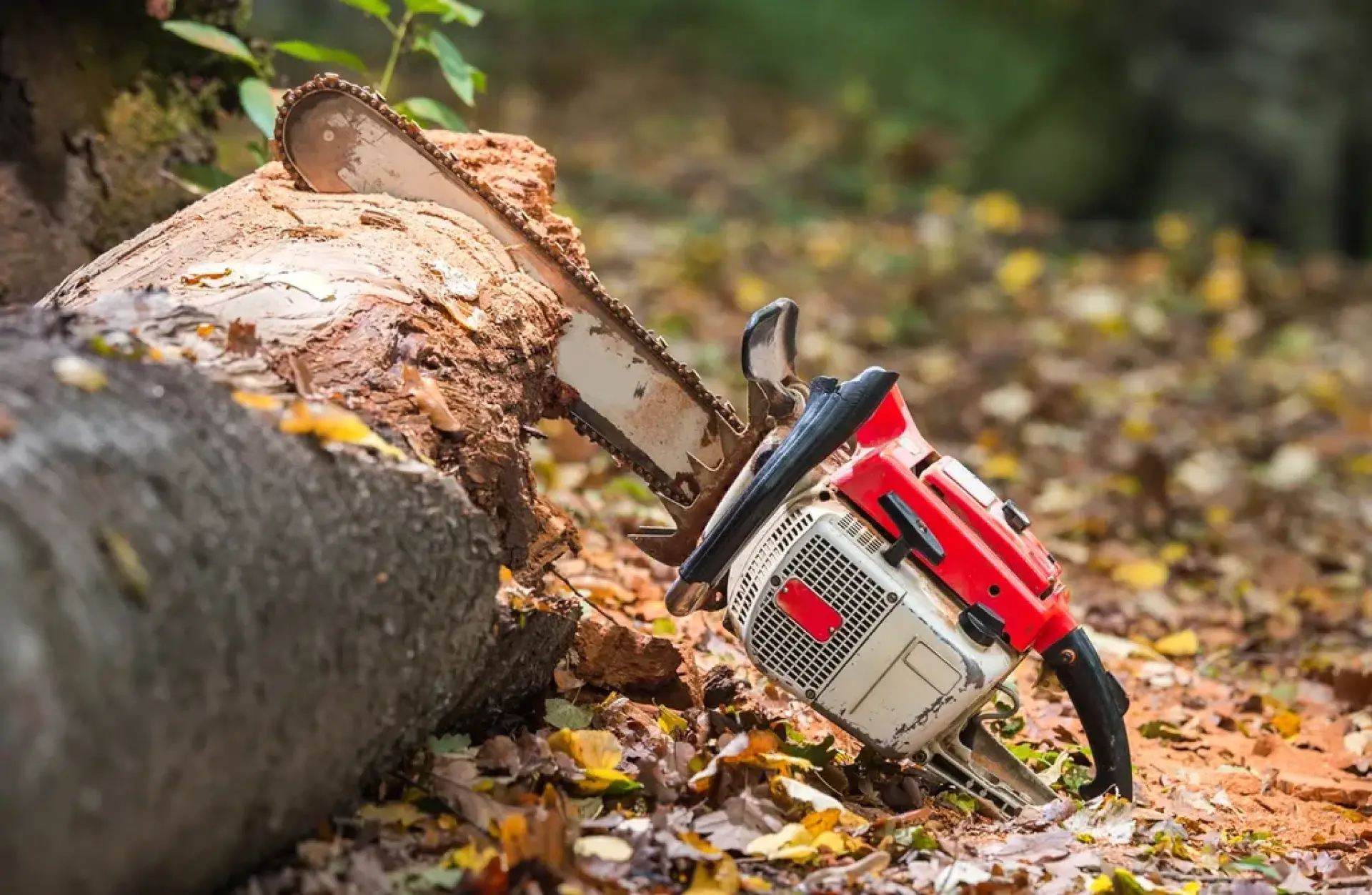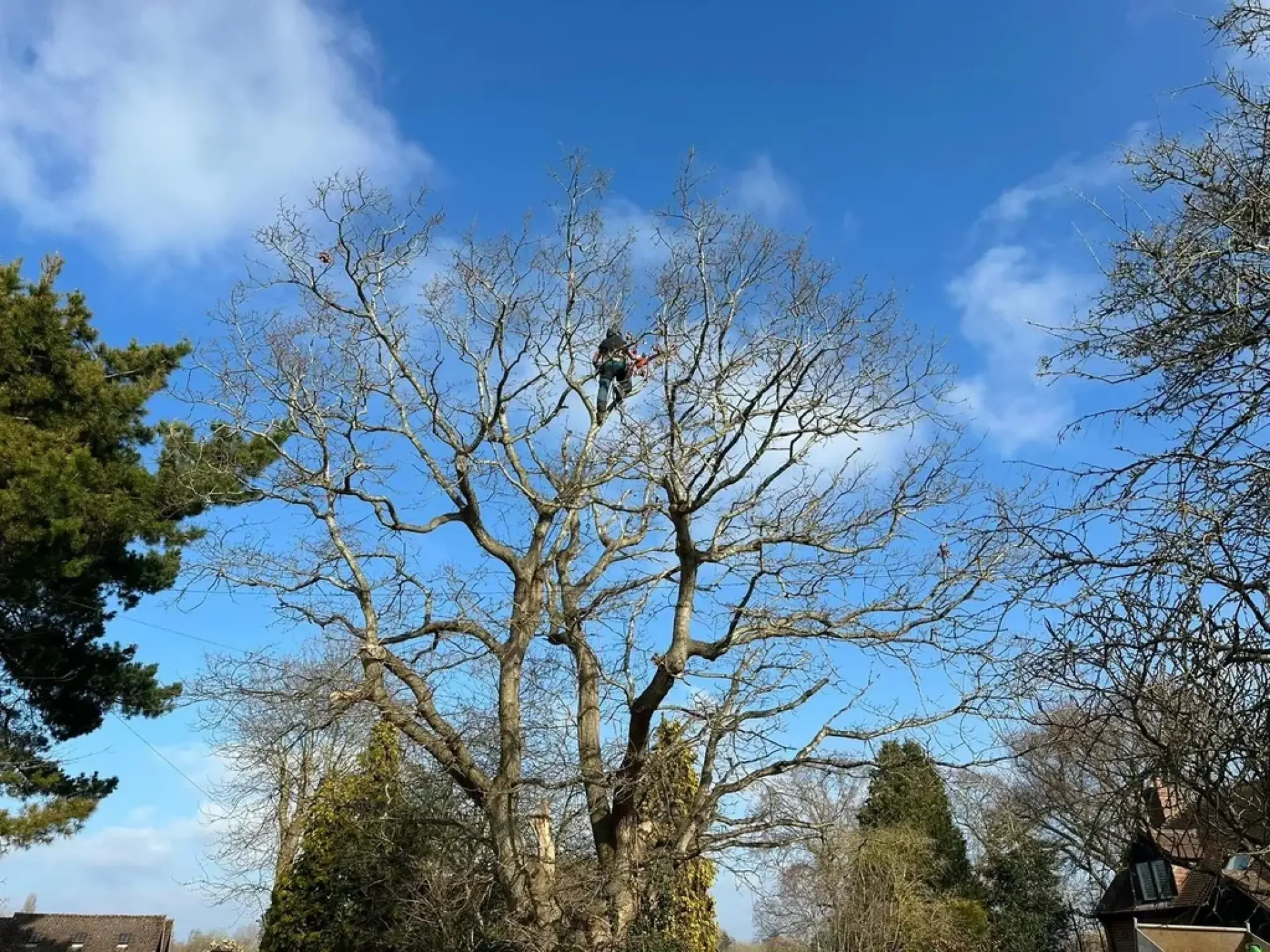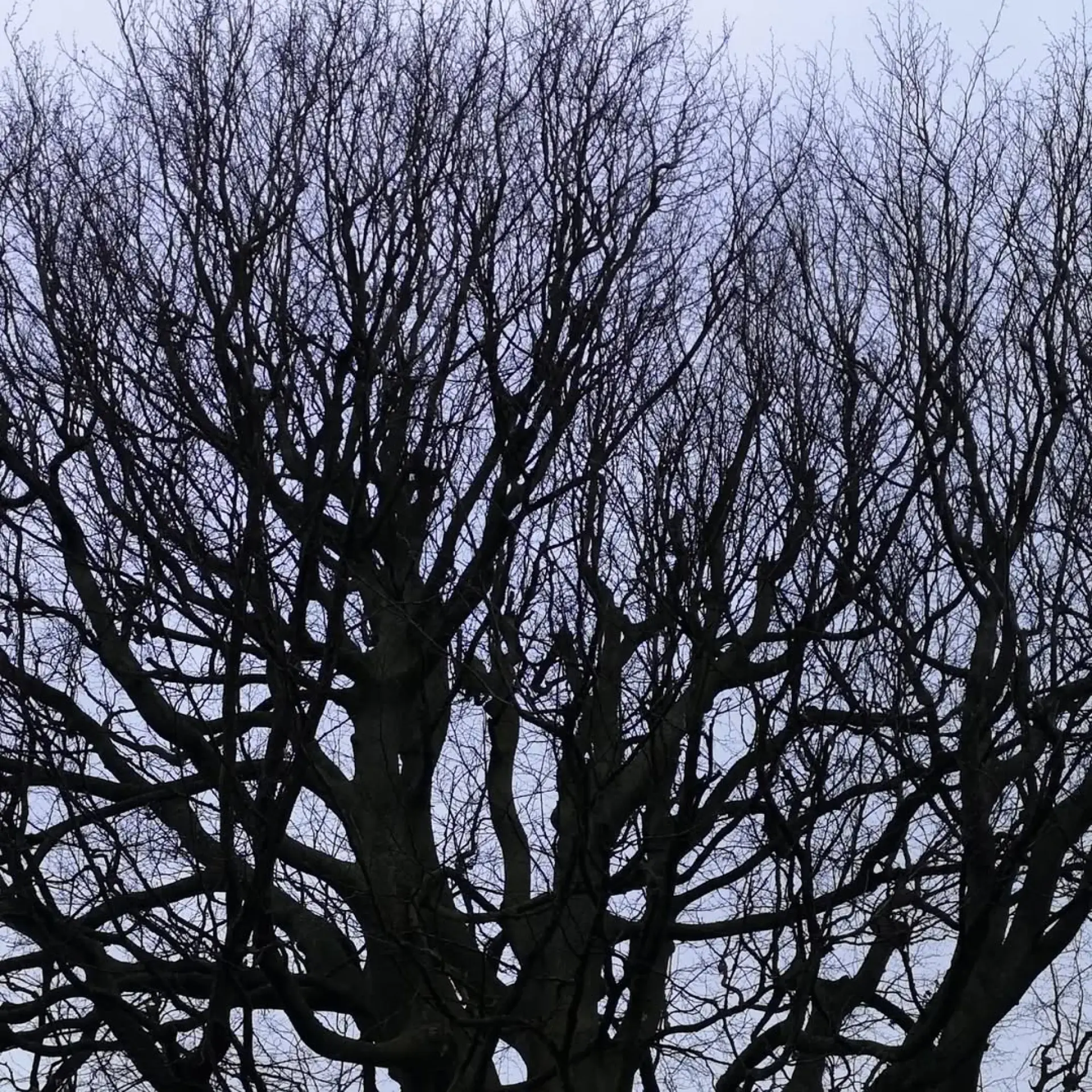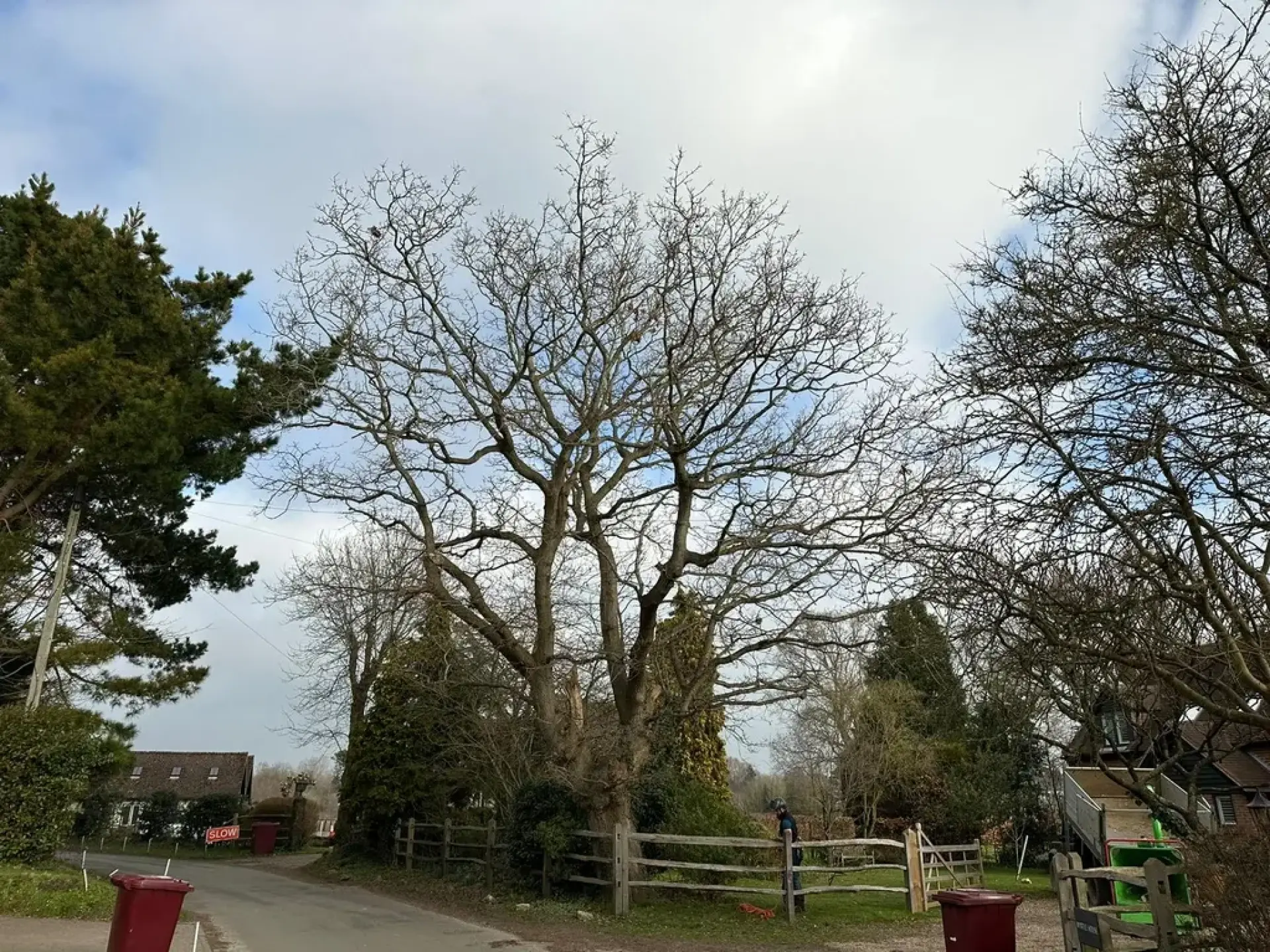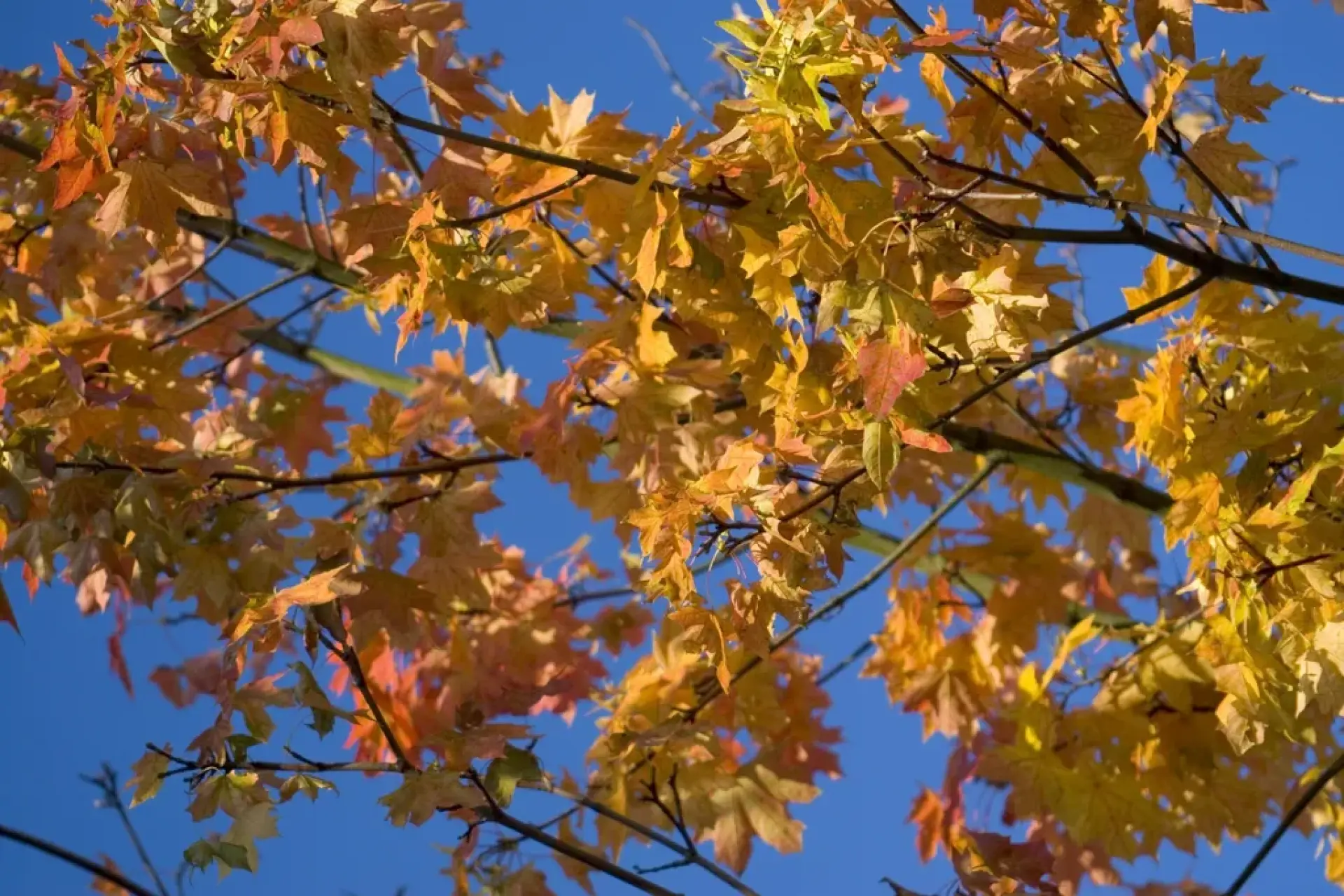When is the right time to remove a tree? Discover when your tree poses safety risks, threatens property, or is diseased, and how timely removal ensures your safety and peace of mind.
When the Tree Poses a Safety Risk
A tree can become a safety risk for several reasons, including disease, root instability, storm damage or decay. Large, dead branches, cracks in the trunk, crooked leaning, or fungal growth near the base of the tree are often signs that there are serious underlying issues. Trees that have these symptoms are more likely to collapse, especially during high winds or storms, so it's crucial to have them removed before they pose a risk to your safety.
Additionally, trees that grow too close to homes, power lines, or walkways can also become hazardous since their roots and branches can interfere with the structures. In some cases, trees can block driveways or roadways and create traffic hazards; these risks only increase as the tree grows and its impact on the surrounding environment becomes more pronounced.
The right time to remove a tree is when it poses a safety risk to people or property. While it may be difficult to have a large or old tree removed from your property, prioritising your safety is always the best and most responsible choice.
When the Tree Is Dead or Dying
When a tree is dead or is in the advanced stages of decline, removing it becomes essential for ensuring your safety. Trees in this condition can no longer serve their intended purpose, and they can pose significant risks if they are not dealt with accordingly.
A dead tree can no longer absorb water or nutrients, which severely weakens its structure and stability over time. Even if the tree looks stable on the outside, its internal decay and brittle wood increase the risk of it collapsing at any time, which poses a serious risk to nearby people, property and vehicles.
Dying trees, while not completely dead, often have thinning foliage, dead branches, discoloured or wilting leaves, peeling bark, and fungal growth at the trunk or roots. These symptoms indicate that the tree's health is rapidly deteriorating, and it's only a matter of time before it becomes a danger. Having the tree removed at this point ensures that you and your property stay safe, and that there's no risk of the tree collapsing unexpectedly.
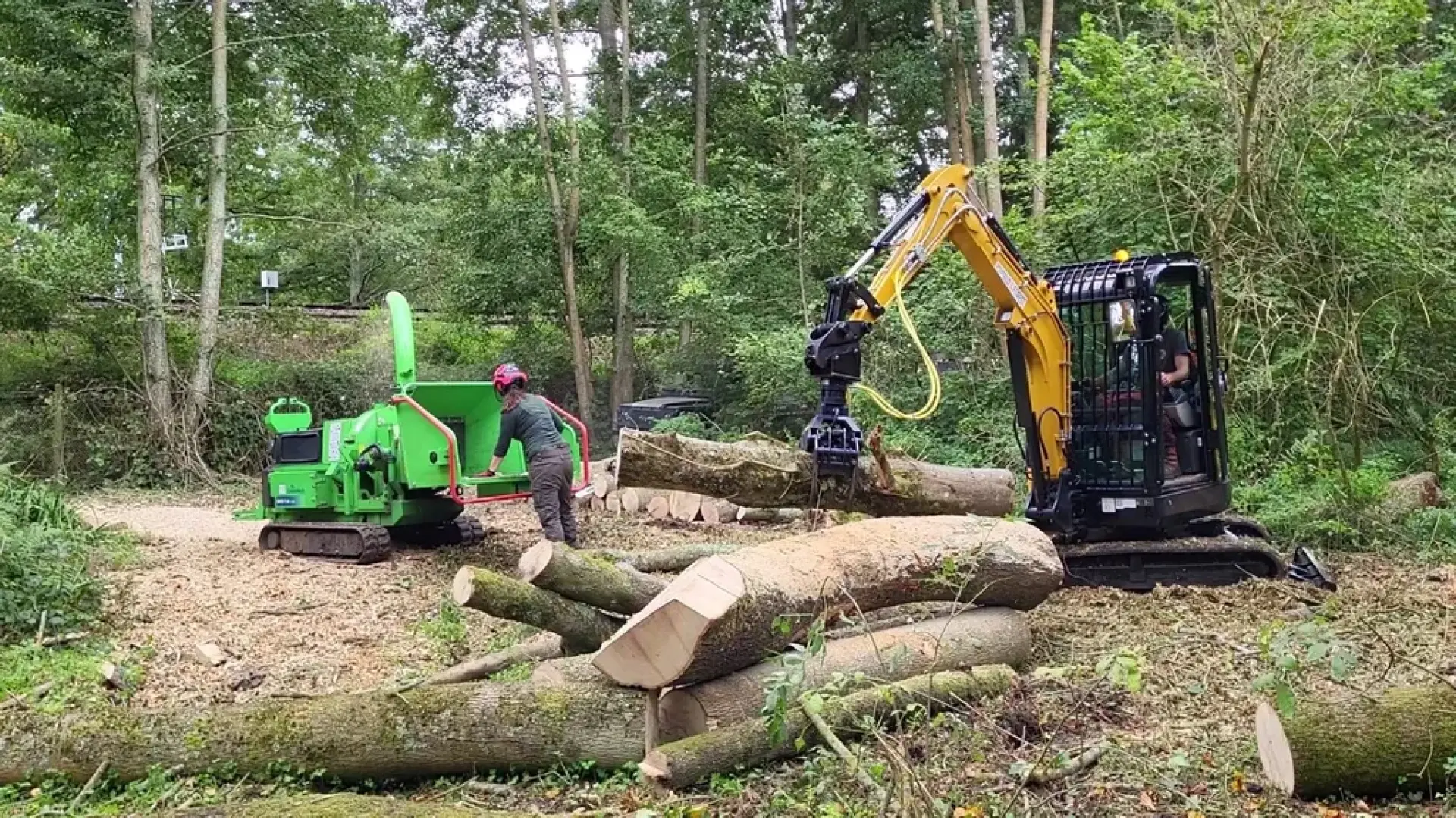
Moreover, dead or dying trees can also attract carpenter ants, termites and other pests that feed on decaying wood. Diseased trees can also infect nearby vegetation, especially if the underlying issue is a contagious fungal or bacterial infection.
The right time to remove a tree is when it's clearly dead or dying, as it helps prevent accidents, protects nearby trees and properties, and keeps your outdoor space safe and healthy.
When the Tree Is Diseased or Infested
A tree suffering from disease or infestation may seem salvageable at first glance, but in many cases, removing it is the safest course of action. When a tree becomes heavily diseased or infested with pests, its health rapidly declines, making it unstable and a potential threat to surrounding trees, property, and people.
Diseased trees often have discoloured or spotted leaves, premature leaf drops, oozing sap, and bark abnormalities like cankers or peeling. These symptoms are signs that there may be internal issues caused by fungi, viruses or bacteria. If the disease isn't addressed, it can damage the tree’s vascular system, which delivers water and nutrients throughout the tree. Once this internal system breaks down, the tree becomes fragile, increasing the risk of falling branches and the tree collapsing.
Infestations caused by termites, bark beetles or emerald ash borers can be just as destructive as diseases. These pests often attack the inner layers of the tree, hollowing it out and undermining its structural integrity from within. Infested trees may appear normal, but over time, they become brittle and hazardous.
In both cases, there’s a risk of the disease or infestation spreading to healthy trees nearby. This is particularly concerning in residential areas or landscaped environments, where one infected tree can quickly lead to widespread damage across a property or neighbourhood. Removing the diseased tree early on can help contain the issue and protect the surrounding vegetation.
When the Tree Is Causing Property Damage
While trees are a valuable part of any landscape, there are times when they can become a liability, especially when they start damaging property. Tree roots can grow aggressively and extend beyond the visible canopy, looking for moisture and nutrients. In the process, they may invade other foundations, driveways, pavements, underground pipes and septic systems. Cracks in these structures or slow-draining plumbing can be a warning sign that there's root-related damage. If these roots are ignored, they can cause significant structural issues and become extremely expensive to fix.
Trees that lean excessively or have become unstable due to soil erosion can fall unexpectedly if the root system is weakened. Additionally, overhanging branches can obstruct gutters, leading to water overflowing and resulting in leaks, damp, or mould growth.
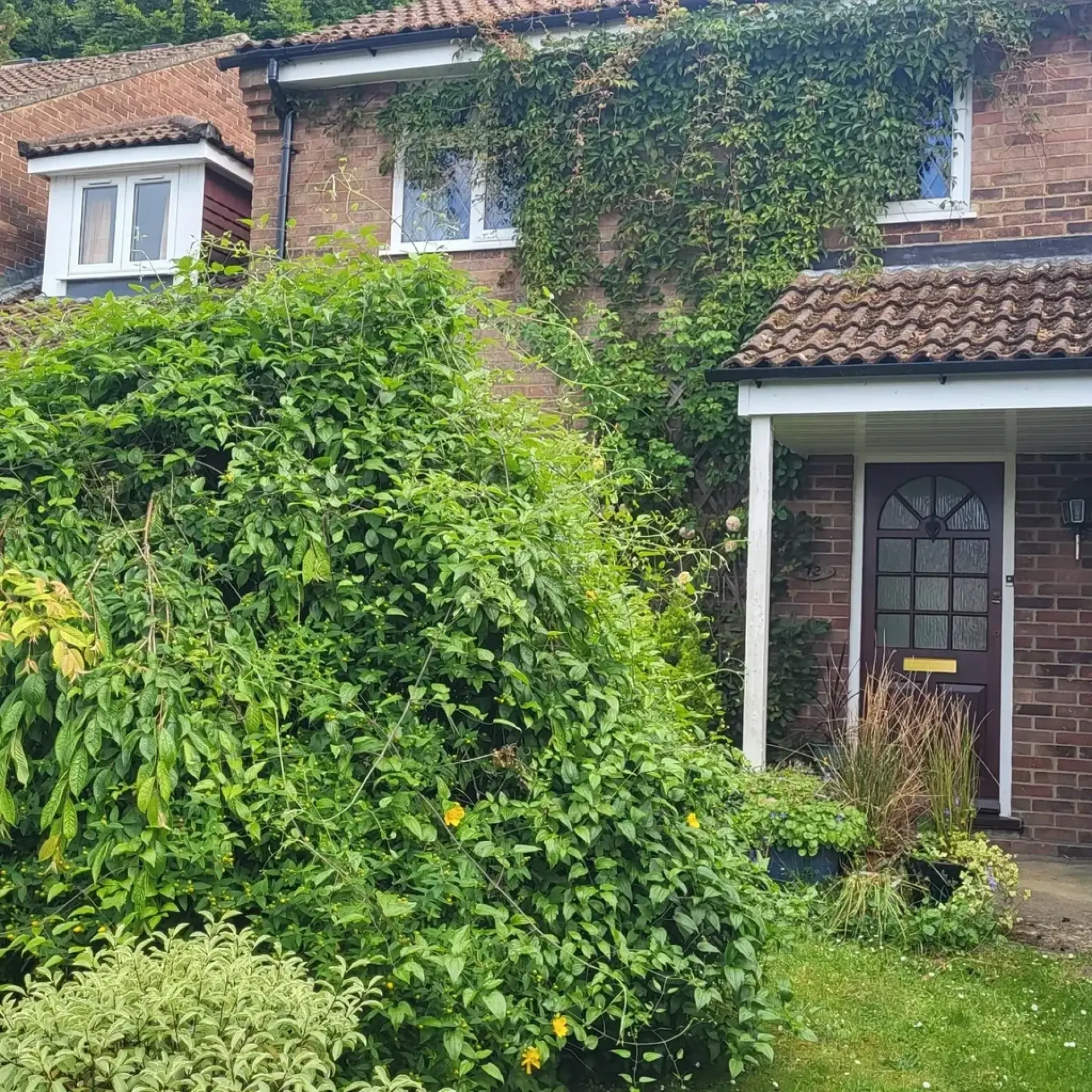
Trees that cause visible damage can lower your property's appeal and decrease its value, especially if potential buyers are concerned about future maintenance or safety issues.
While trimming or pruning can provide temporary relief, these measures are often insufficient if the tree’s size, location, or root spread continues to pose a threat. In this case, the most effective solution is to have the tree removed.
Redrock Tree Care provides expert tree removal services for residential and commercial properties across Alton, Hindhead, Farnham and Hampshire. Our certified team can handle hazardous, dead, or damaged trees safely, using advanced equipment and techniques.
